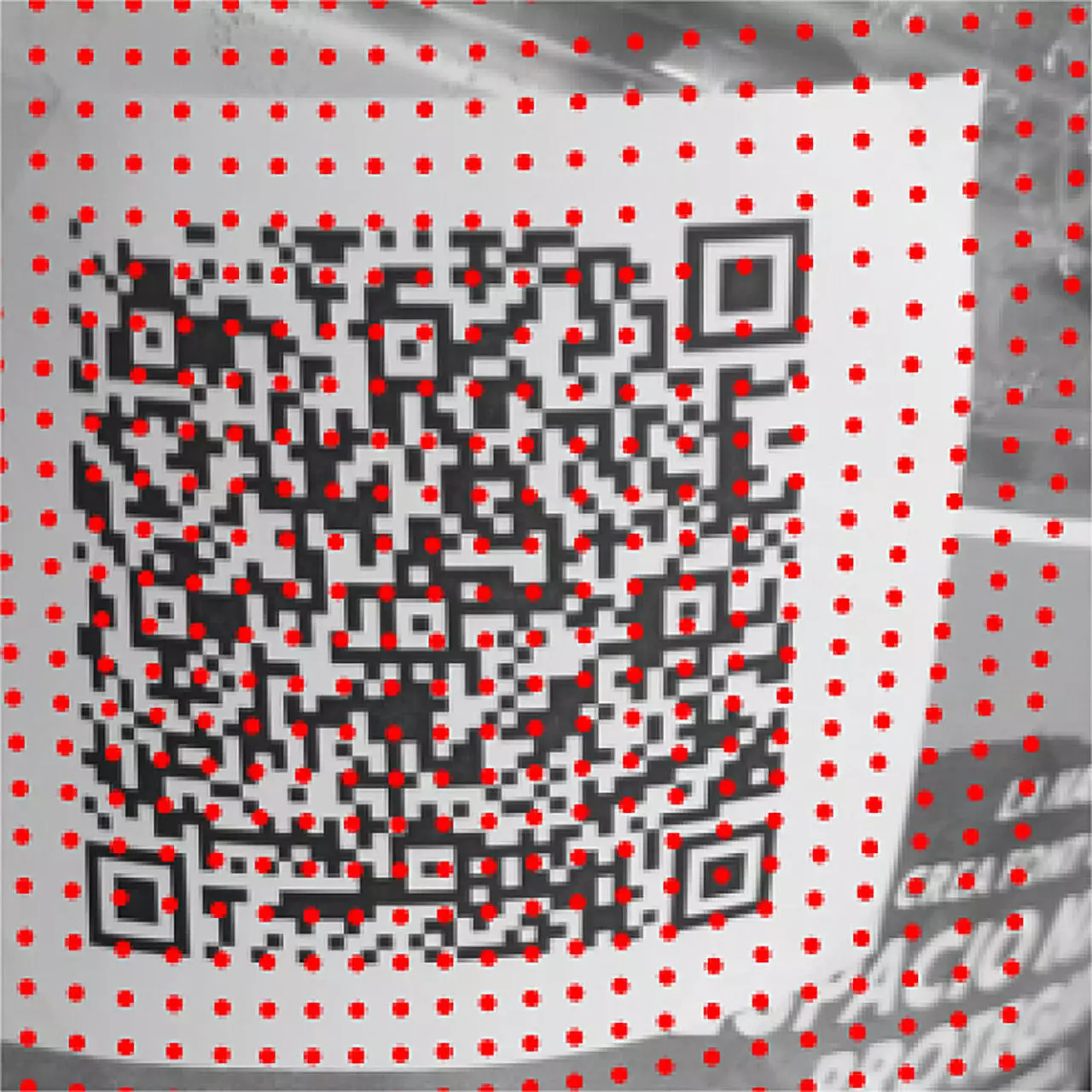QR codes have become ubiquitous in our daily lives, facilitating seamless access to a myriad of information. However, users often face difficulties when trying to scan these codes, especially in less-than-ideal conditions. The problems arise primarily due to two factors: the inherent quality of the QR code image and the type of surface it’s printed on. For instance, QR codes found on irregular surfaces, such as food packaging or cylindrical items, are notoriously hard to read. Despite the advancements in smartphone camera technology, the ability to capture a clear image of a QR code is often compromised, leading to scanning failures.
Professor Ismael Benito and his research team from the University of Barcelona and the Universitat Oberta de Catalunya have identified these challenges and set out to address them through a groundbreaking methodology aimed at enhancing QR code recognition in physical environments that pose unique scanning difficulties. Their findings were published in the journal Pattern Recognition Letters, marking a significant leap forward in the realm of digital information capture.
Central to their research is the development of an algorithm that adapts to the QR code’s unique characteristics instead of relying solely on the surrounding conditions. This methodology recognizes how QR codes can behave differently when printed on various surfaces. For example, when attempting to capture an image of a QR code attached to a cylindrical object, it becomes crucial to position the camera at the right distance: too close, and distortion sets in; too far, and the image loses clarity. Benito’s research highlights this spatial intricacy, advocating for a range between 30 and 50 centimeters to optimize the chances of successful recognition.
The innovative approach, branded as ColorSensing, explores advanced mathematical techniques, particularly splines, to model the surface topology of the QR code environment. By dynamically adjusting to the imperfections of the surface, this method provides a framework for improving capture quality. Functionally similar to techniques utilized in geology and photography, splines serve as a cornerstone for creating smoother transitions over uneven surfaces, thereby allowing for a more accurate depiction of QR codes.
The implications of this research extend far beyond simply improving QR code recognition. With a growing reliance on digital interactions in industry and everyday communications, the ability to scan QR codes accurately can streamline processes, enhance user experiences, and reduce resources such as paper. Benito’s work underlines the evolution of QR codes from mere tools of convenience into sophisticated mediums for transmitting complex information.
Despite the significant progress made, Benito acknowledges that challenges remain for reliable and secure scanning systems. One of the major hurdles in commercial applications is ensuring that QR codes are immutable and cannot be easily tampered with, minimizing risks posed by potential fraudulent activities. This aspect of security is paramount, especially as QR codes increasingly facilitate access to sensitive information.
In industrial settings, the focus shifts to expediting the scanning process while maintaining accuracy. As companies adopt QR codes for inventory management, quality control, and customer engagement, optimizing speed without compromising reliability becomes a critical target. Benito’s research seeks to forge pathways that balance these dual objectives, paving the way for industry-specific applications that maximize both efficiency and security.
Looking forward, the research team remains dedicated to tackling the plethora of challenges faced in QR code recognition. As technology evolves, the need for dynamic and adaptable algorithms becomes increasingly vital. The integration of this QR code recognition methodology within commercial and industrial frameworks promises to enhance user interactions and information access in an increasingly digital landscape.
The innovative work by the team from the University of Barcelona and the Universitat Oberta de Catalunya represents a significant leap in improving QR code functionality in varied physical environments. By harnessing advanced algorithms and mathematical modeling techniques, they are paving the way for clearer, faster, and more reliable scanning processes. As they continue to refine their methodologies, the vision of utilizing QR codes as seamless conduits for information in all corners of industry and society becomes an ever more attainable reality. This is an essential step forward in our ongoing quest to innovate and improve how we interact with digital information.

